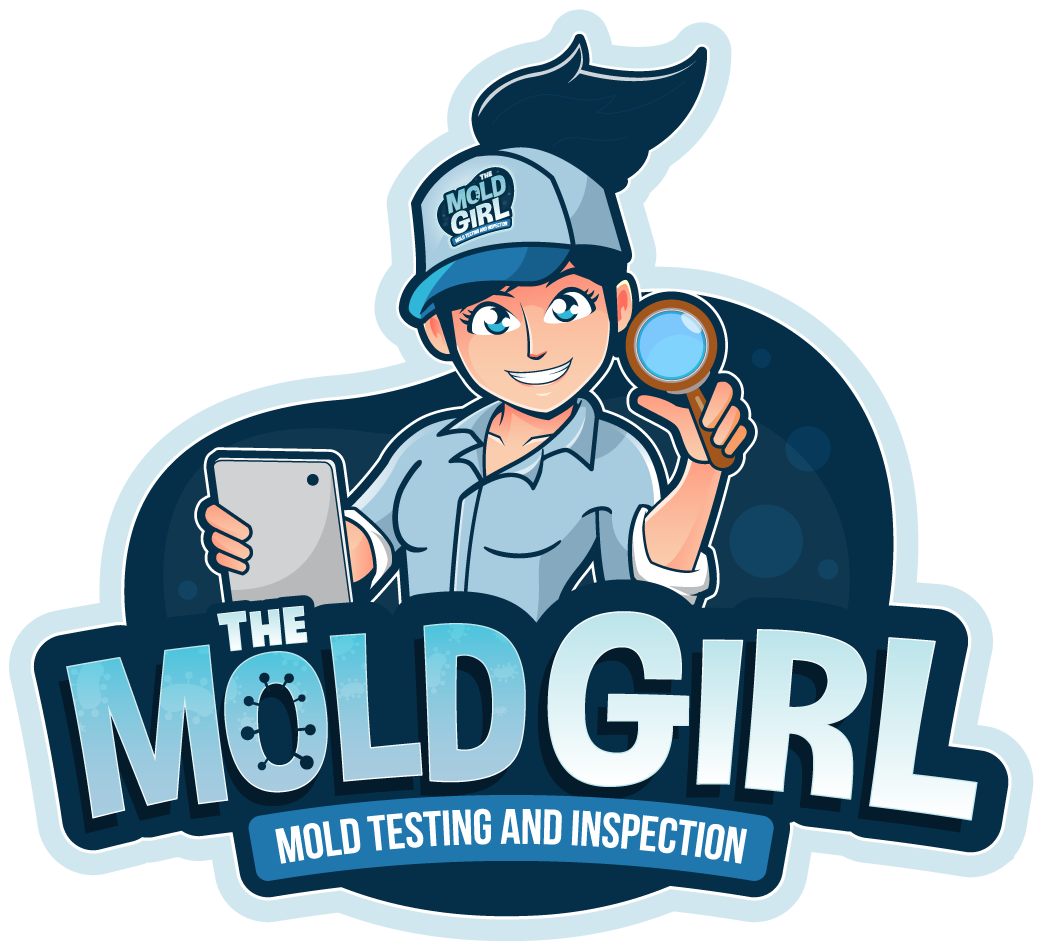The Top 10 Things you Should Know About Water Damage Restoration
GET A QUOTE
Water damage can be a sudden and disruptive force, wreaking havoc on homes and businesses alike. Amid the chaos, understanding the essentials of water damage restoration becomes paramount. In this blog, we unveil the top 10 crucial things you should know about water damage restoration, from the importance of swift action to the role of professionals, equipping you with essential knowledge to navigate the challenges and ensure a seamless recovery process.
Essential Tools for Water Removal: Unveiling the Arsenal of Restoration
When water infiltrates a space, whether due to leaks, floods, or plumbing mishaps, a swift and effective response is essential to prevent further damage. At the forefront of this battle against water's encroachment are the essential tools of water removal. These specialized instruments, wielded by restoration professionals, are designed to rapidly extract excess water, setting the stage for comprehensive restoration.
Among the indispensable tools are high-capacity water pumps, capable of swiftly removing large volumes of water from inundated areas. Wet vacuums and extractors, built with powerful suction capabilities, target both standing water and residual moisture trapped within surfaces. Thermal imaging cameras, often employed during the assessment phase, aid in identifying hidden pockets of moisture that might elude the naked eye. By harnessing this arsenal of tools, restoration experts can swiftly expel water, laying the foundation for a thorough drying process that ensures spaces return to their pre-damage condition promptly.
Salvaging vs. Replacement: Smart Decision-Making
When water damage strikes, property owners often face the dilemma of whether to salvage or replace affected materials. This decision hinges on a careful assessment of the extent of damage, cost considerations, and long-term implications. Salvaging involves restoring and reusing damaged items, while replacement entails removing and installing new materials.
Factors like the type of material, level of saturation, and potential for mold growth play a crucial role in this decision-making process. For instance, salvageable items might include hardwood floors that can be dried and refinished or personal items with sentimental value. On the other hand, materials like insulation or porous surfaces that have absorbed large amounts of water might need replacement to prevent mold growth and ensure structural integrity. A balanced approach, guided by the expertise of restoration professionals, can help property owners make informed choices that optimize both cost efficiency and the restoration's long-term success.
Long-Term Impact: Addressing Structural Compromises
Beyond the immediate visible effects of water damage lies a potential threat to the structural integrity of a property. Water infiltration can weaken building materials, compromising their strength and stability over time. In the realm of water damage restoration, addressing these long-term structural impacts becomes an imperative step.
Professional restoration companies possess the expertise to assess the extent of structural damage and develop strategies for reinforcement. This might involve repairing weakened supports, replacing rotted wood, or reinforcing compromised foundations. Their interventions aim not only to restore the visual aesthetics of a space but also to ensure that the underlying structure remains resilient and secure. By addressing these long-term structural concerns, restoration professionals contribute to the longevity and safety of the restored space, providing property owners with peace of mind for years to come.


